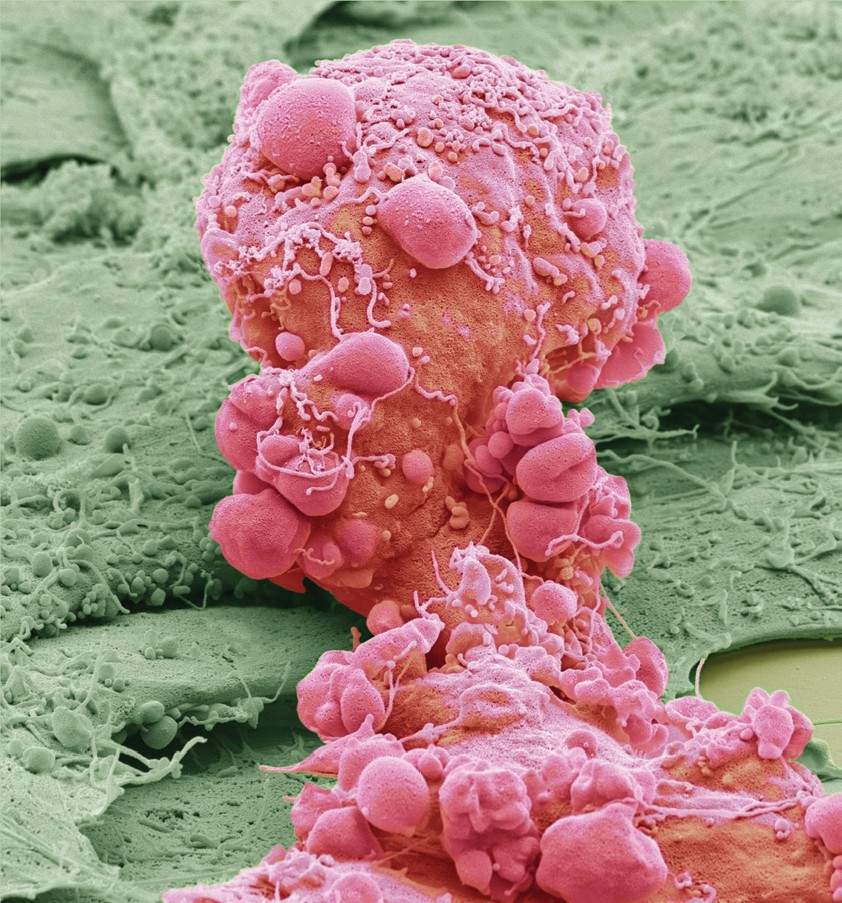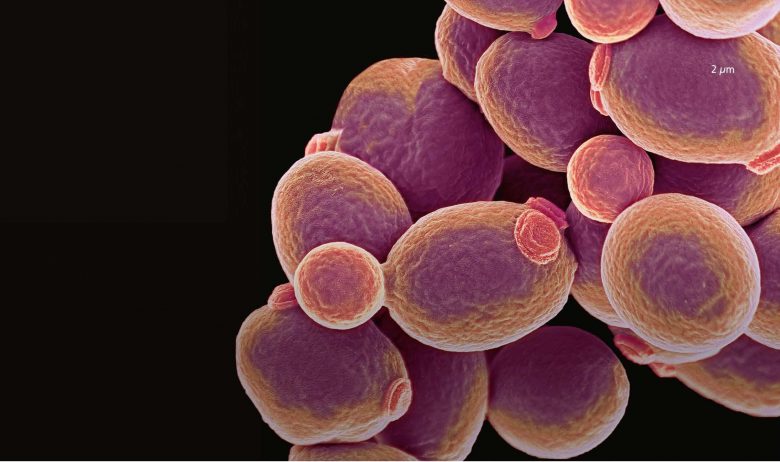
The human body has the ability to replenish the millions of cells that die every day and to heal itself when injured. These remarkable abilities are due to stem cells. But what are stem cells, where do we find them, and how can we harness their power?
Scientists are investigating two types of stem cells: embryonic and adult. Embryonic stem cells are found in the small hollow ball of cells (blastocyst) that forms shortly after fertilisation of an egg cell. A small cluster of cells in the blastocyst — the inner cell mass — goes on to form the embryo. The cells of the inner cell mass are embryonic stem cells and can form all cells in the human body (they are pluripotent). Adult stem cells can form fewer cell types than embryonic stem cells and are therefore termed multipotent. These are found in fetuses, as well as in adults throughout life (see Box 1). Both embryonic and adult stem cells have two unique properties: self-renewal and differentiation (see Figure 1).
Your organisation does not have access to this article.
Sign up today to give your students the edge they need to achieve their best grades with subject expertise
Subscribe




